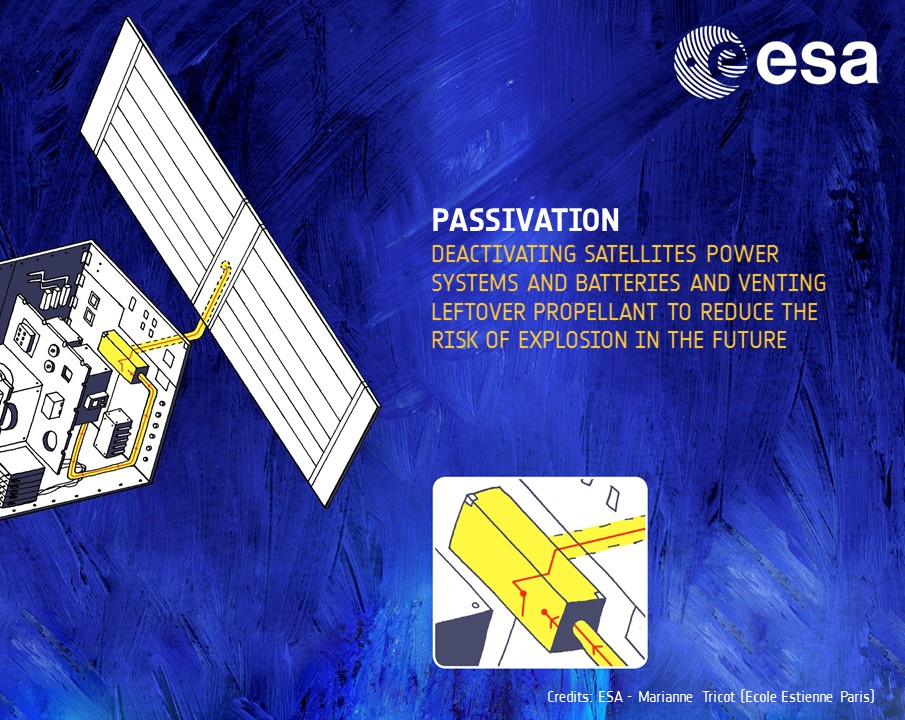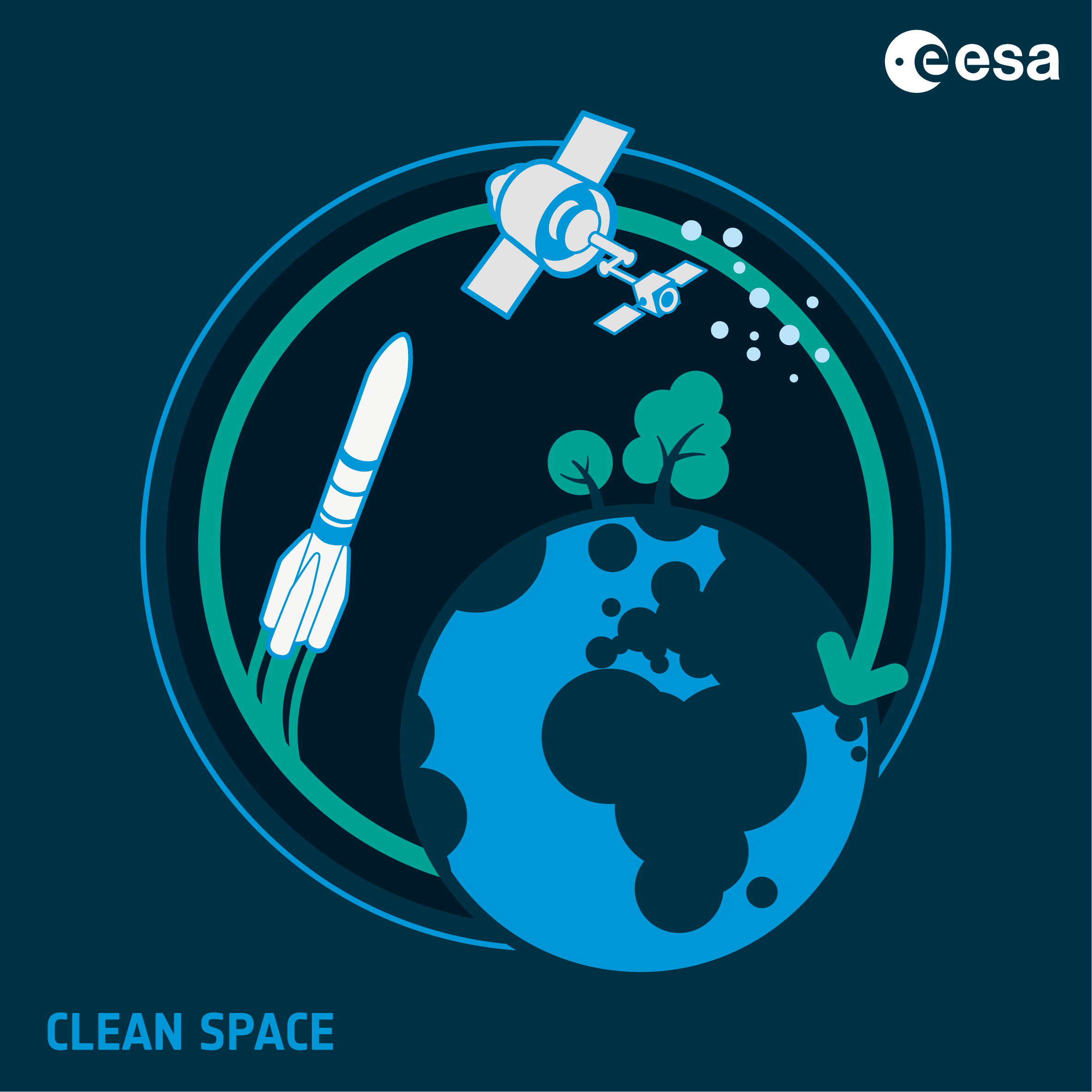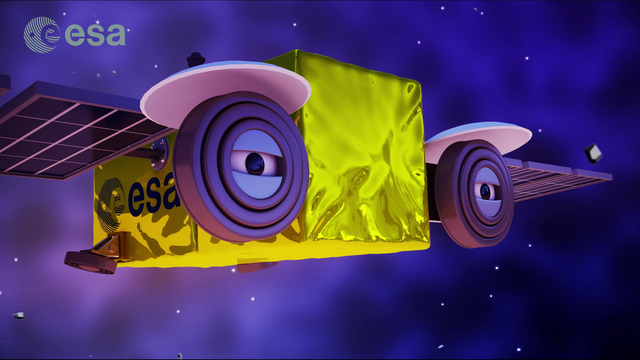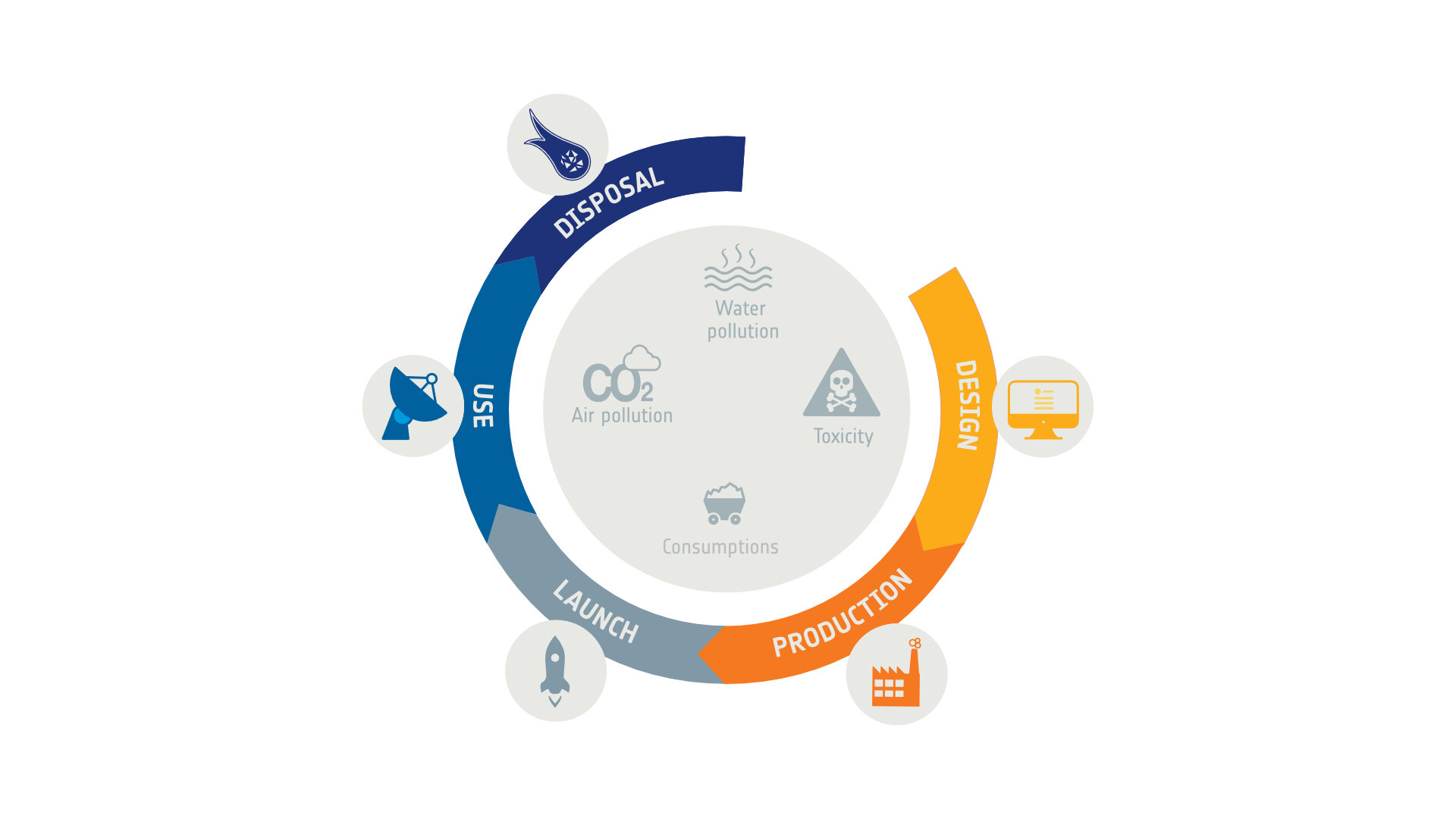In the past, after the end of life, besides being left in orbit, spacecraft were also left with their batteries charged and connected, which poses a risk of battery breakup. This was one of the causes of debris generation.
There are over 29.000 human-made objects larger than 10 cm in orbit, both dead and operational and a 1 cm object can strike a satellite with the force of an exploding hand grenade. No need to tell you that it is important to ensure that a derelict spacecraft will not create further debris. One way to reduce the risk of explosion is to passivate the electric system of satellites at the end-of-life.
To passivate the electric system means to leave it in a permanent safe state for as long as the satellite remains in orbit after the End of its mission. It is therefore very important to leave the batteries in a safe condition before decommissioning the satellite. In the current space debris mitigation guidelines this is even requested independently of the satellite’s operational orbit.

One way to ensure that a satellite will not explode after its End-of-Life is to passivate
It is not obvious to define how and if a battery is in a permanent safe state after the end of life, and it is even more difficult to test it. This is also very much mission specific not only because of the temperature but radiation effects. For very high orbits such as the geo-stationary orbit (extensively used by telecommunication satellites) which is at more than 30.000 km altitude, the satellites will be placed in a graveyard orbit after their end of life and stay there for hundreds of years or even longer. It is extremely difficult to say whether a battery remains in a safe condition for such long periods of time. The same applies for Navigation satellites at about 18.000 km altitude that have to withstand high levels of radiation which can affect the reliability of electronic components.
Once the satellite is uncontrolled and without thermal control the batteries can be exposed to the sun for long periods. It is unpredictable if the satellite will be tumbling with the batteries crossing passing by fast periods of sun light and shadow, like a in a sort of barbecue, or if it stay steady, with the batteries in the shadow or facing continuously the sun. If the temperature rises above about 100 Co the batteries may enter into a thermal runaway. Due to the heat chemical reactions will take place inside the battery that will release even more heat (exothermic reaction) and result in an even faster raise in temperature, eventually leading to their explosion. An explosion can also be caused by other events such as fast overcharge of the battery.
New Li-Ion battery designs already include various protections such as venting systems to allow the release of internal pressure, like a pressure cooker. However if the pressure increases too fast these systems may not have enough time to operate. Discharged batteries are less sensitive to temperature increase and therefore safer. They require higher temperatures to initiate the exothermic reaction. Once the battery recharging has been avoided a simple system can be used to discharge it, like just connecting a resistor that will dissipate the energy left in the battery.
It is crucial to avoid that the batteries recharge or go through charging cycles with the risk of uncontrolled overcharging. In the recent past, for missions not taking into account passivation in their design, this has been done by electronics. However it is not a reliable solution in case the spacecraft is submitted to harsh environment during a long time after end of life. Instead, in the future missions, the battery can be isolated from the solar array or the solar array can be also shunted. Electronic components can be used to isolate the battery from the solar arrays, but they can be sensitive to radiation effects that will accumulate over long periods of time. Physical disconnection can also be achieved by relays or pyro-cutters that will avoid any reconnection in the future. However these elements are a major hazard for the mission as their activation would terminate the mission.
Studying and testing the behaviour of aged battery cells going through abuse conditions in different states of charge and temperatures is an activity part of the CleanSat programme*. At the same time options are being developed for isolating the battery from solar array or shunting the solar array with componentsrobust to radiation, temperature and long lifetime. In the future these function shall be inserted in all the European standard electronic Power Control and Distribution Units (PCDU).
*CleanSat is an ESA programme aiming at developing the technologies needed to comply with debris mitigation regulations. Its goal is to upgrade LEO platforms in a coordinated European approach through the creation of common technologies and building blocks, fostering shared supply chains, in order to reduce development costs and recurrent costs.
For further information about this programme read:
- https://www.esa.int/Our_Activities/Space_Engineering_Technology/Clean_Space/CleanSat
- https://blogs.esa.int/cleanspace/2016/07/13/cleansat-reshaping-future-satellites/
For further information about space debris read:
- https://www.esa.int/Our_Activities/Operations/Space_Debris
- https://blogs.esa.int/cleanspace/2016/08/11/what-is-a-space-debris/





Discussion: no comments